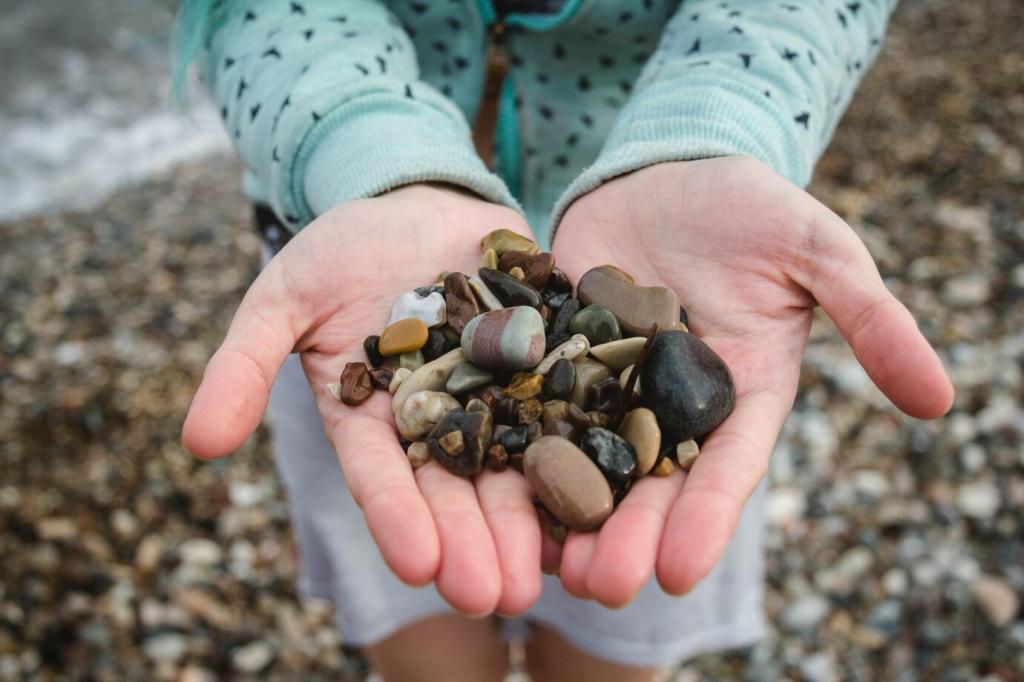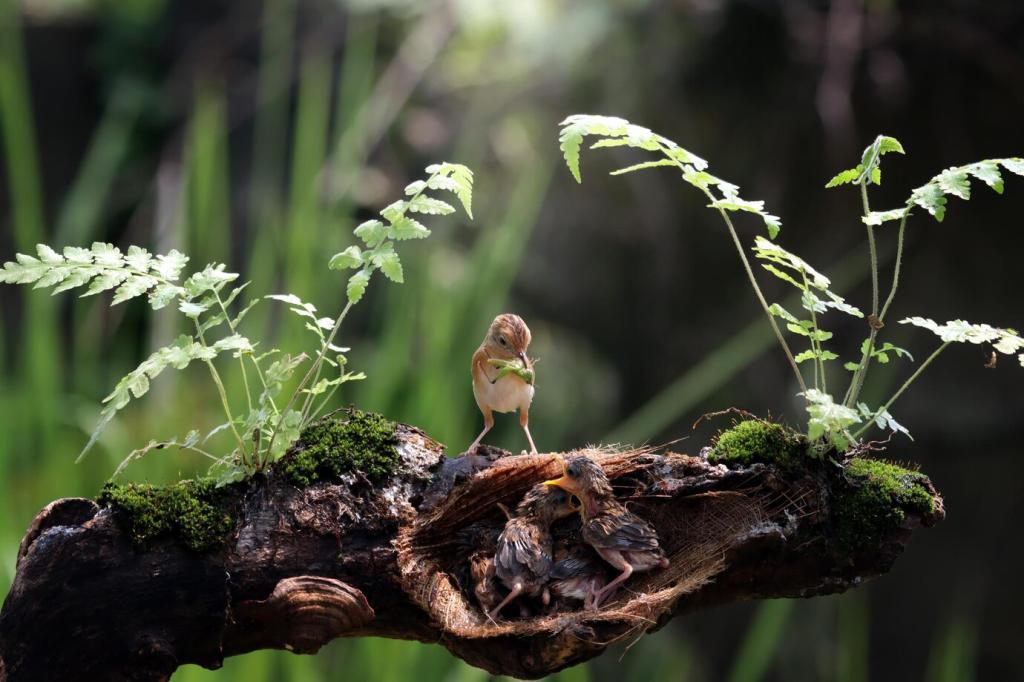Pollinators: Bees, Butterflies, and Night-Shift Moths
Plant early nectar sources like willow or native spring ephemerals, carry through summer with coneflowers and bee balm, then finish strong with asters and goldenrods. Staggering bloom times maintains steady energy sources so pollinators never face a hungry gap between flushes of flowers.
Pollinators: Bees, Butterflies, and Night-Shift Moths
Leave hollow stems standing through winter for cavity-nesting bees. Keep some bare, sunny soil for ground-nesting species. A tidy lawn may look neat, but a few wild corners, leaf piles, and brushy edges can shelter cocoons, chrysalides, and tiny larvae through cold, stormy months.









